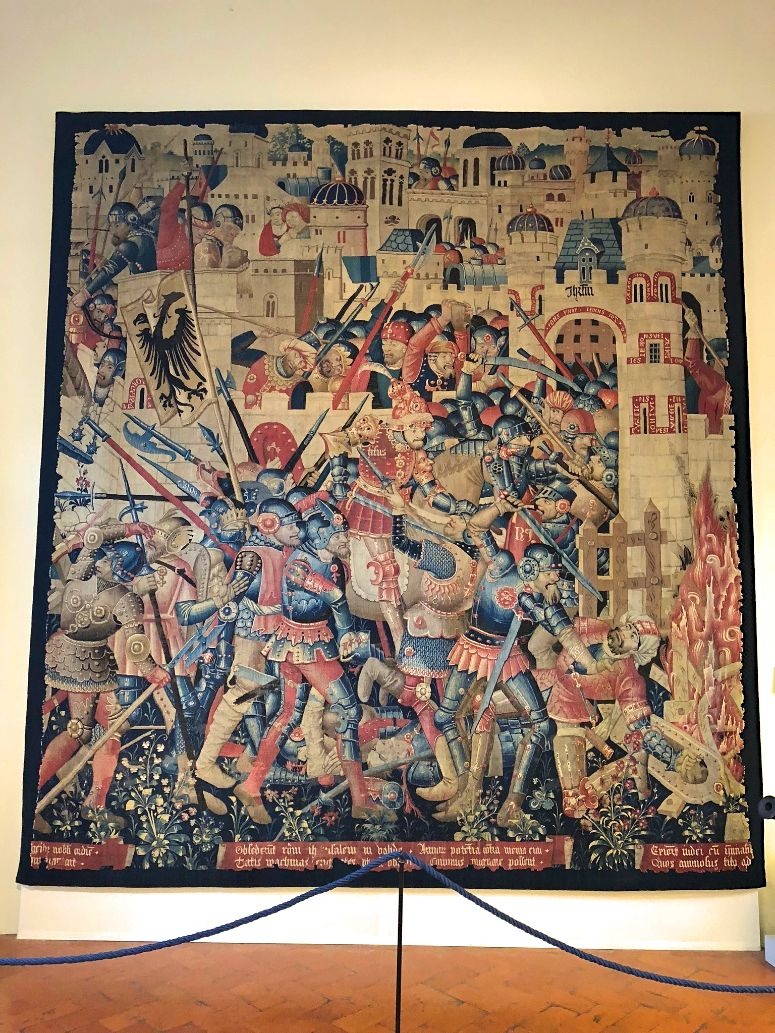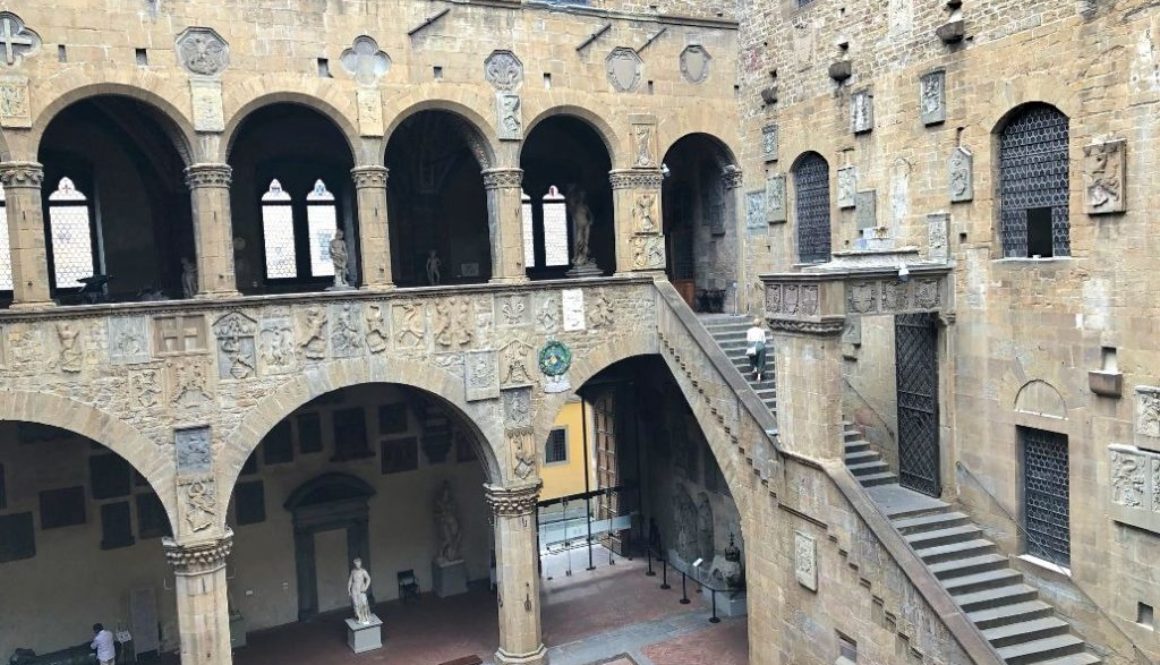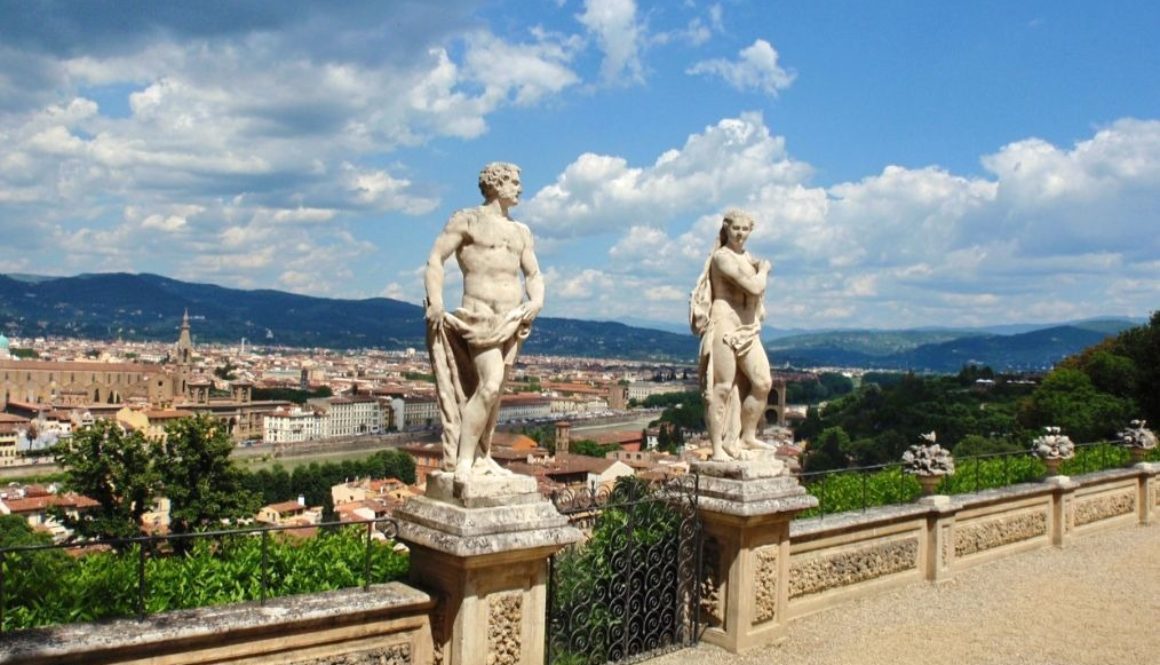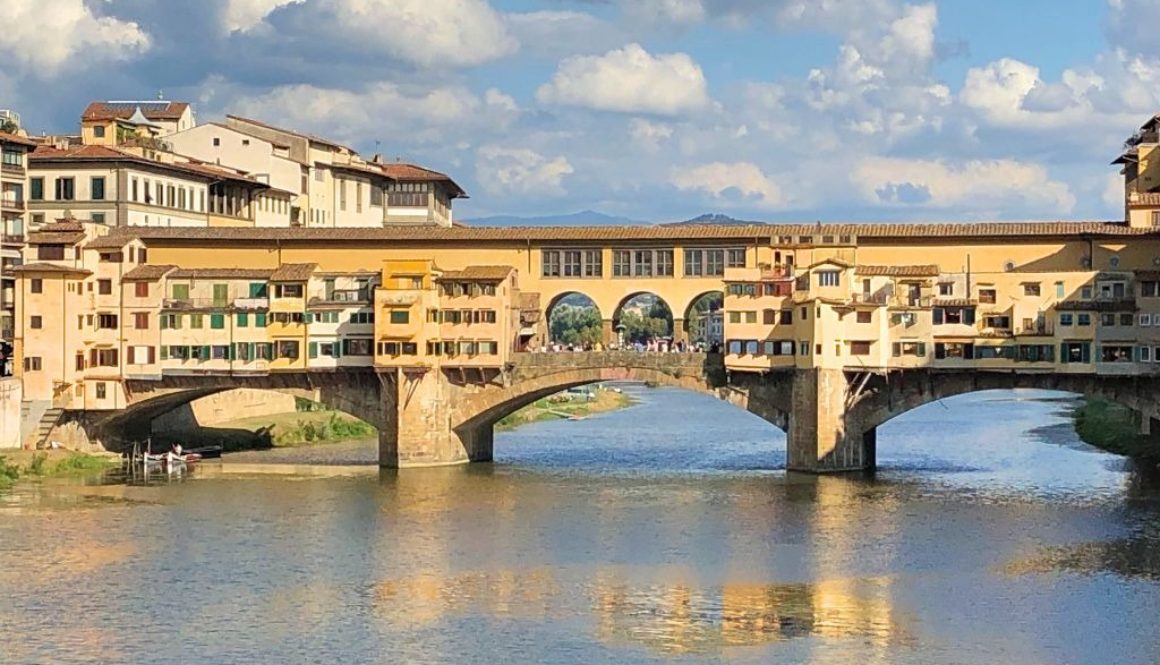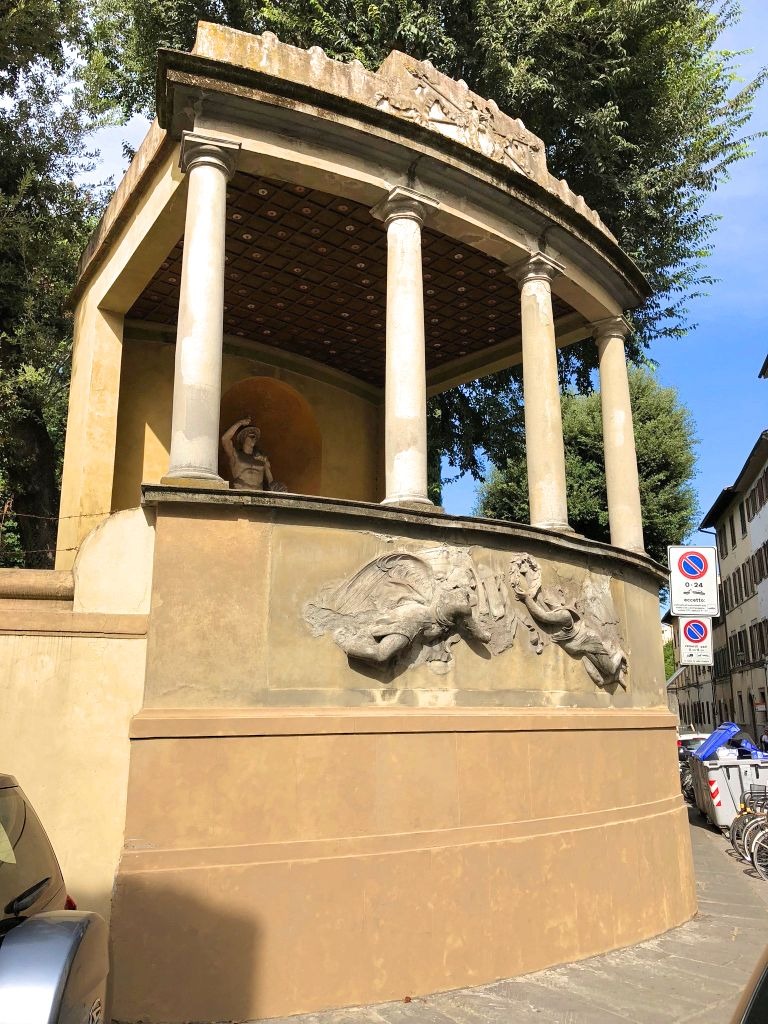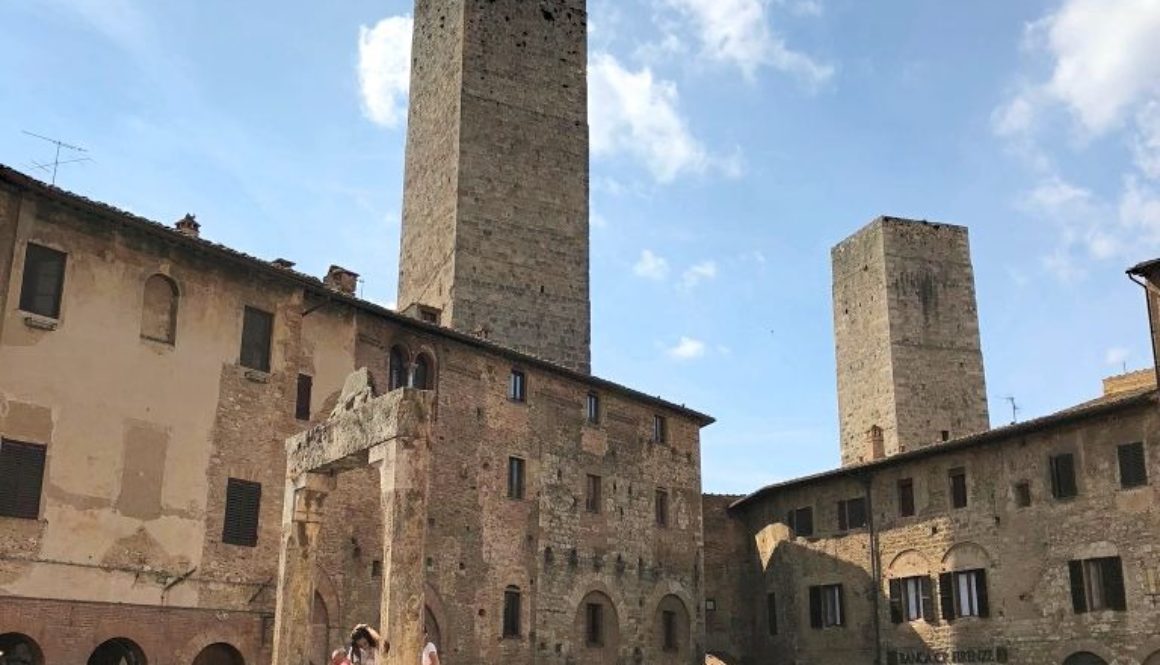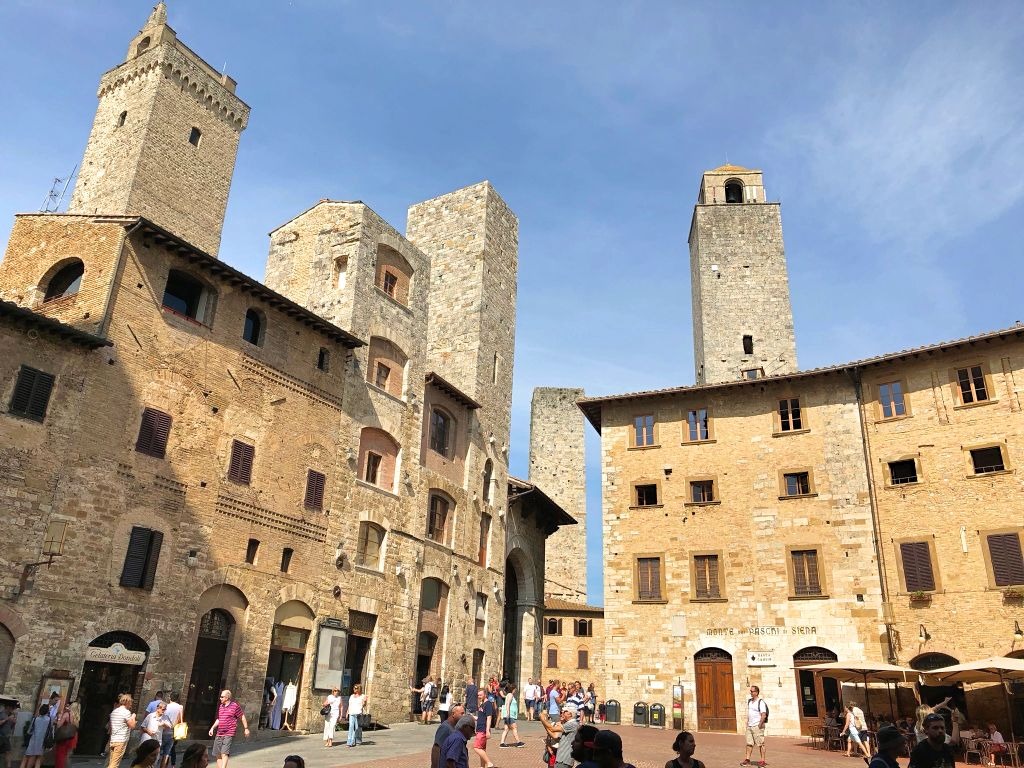An Afternoon in the Bargello Museum
The Bargello Museum, located in the Palazzo del Bargello, is a fantastic collection of Renaissance works of art and sculpture. The palazzo is a fortress with powerful embattlements that surround a somewhat austere façade. Once used as a prison from 1574, the palace dates back to the 13th century. The collection in the museum began when the building in 1859 became Italy’s first Museo Nazionale (national museum). In short, the museum is well worth a visit.
About the building
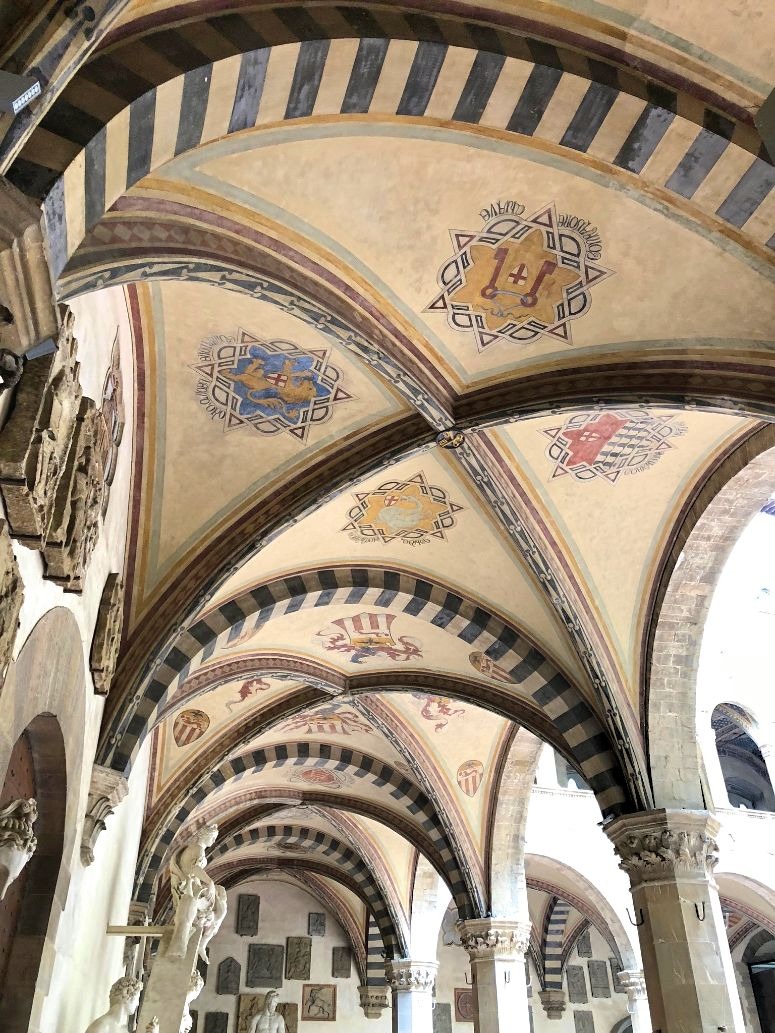
The Bargello is one of the oldest buildings in Florence. Built-in 1255, the building was first the headquarters of the Captain of the People, the Capitano del Popolo.
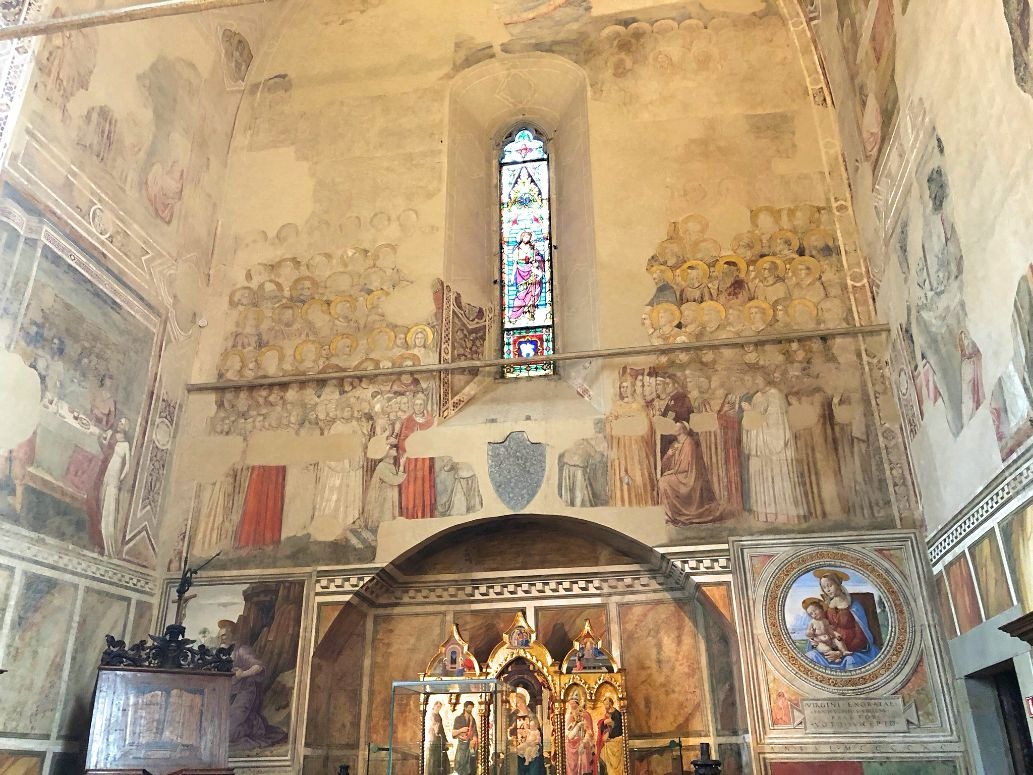
It was then the headquarters for the Podesta and finally the head of the police, the Bargello.
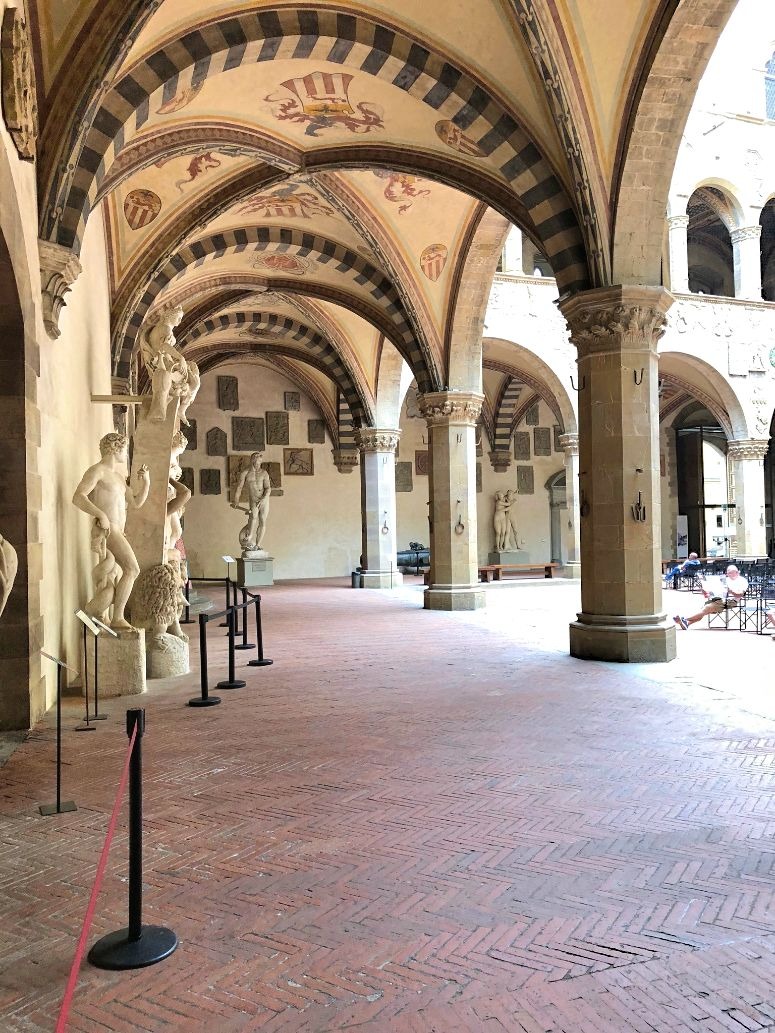
As the headquarters for the police, and later a prison, the Bargello would have been witness to significant episodes in Florentine history, particularly the rise and fall of the Medici dynasty.
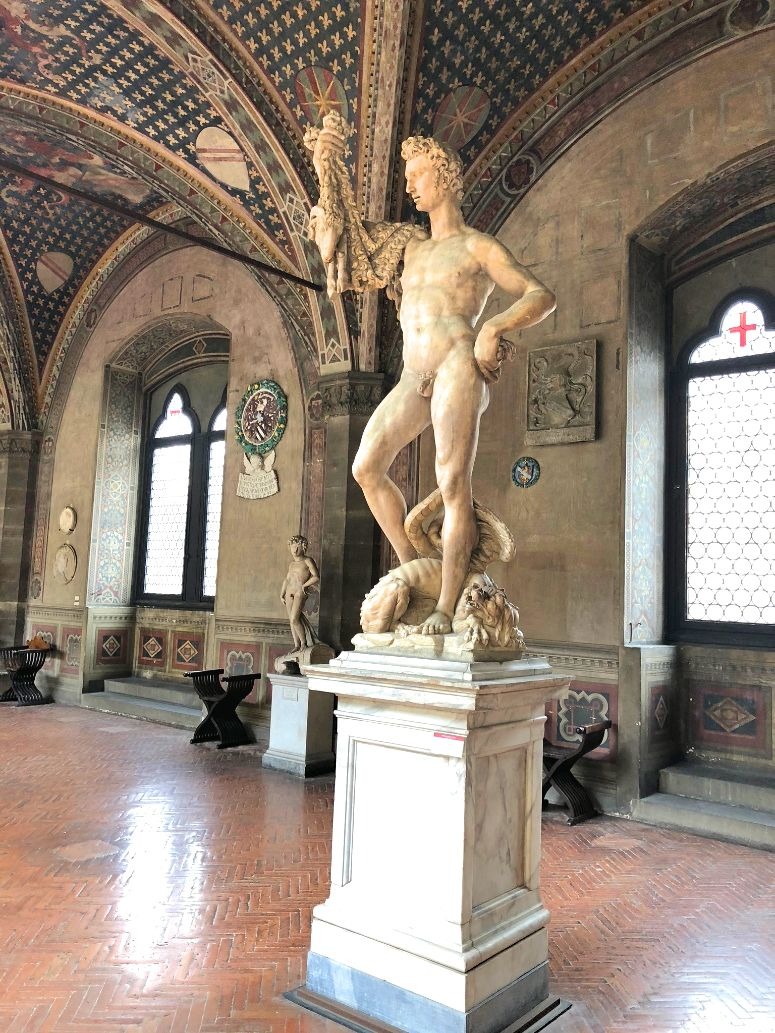
The Palazzo Building
Take time to note the architecture of the building. Coats of arms of the 13th and 14th-century podestas (high officials) decorate the entrance hall.
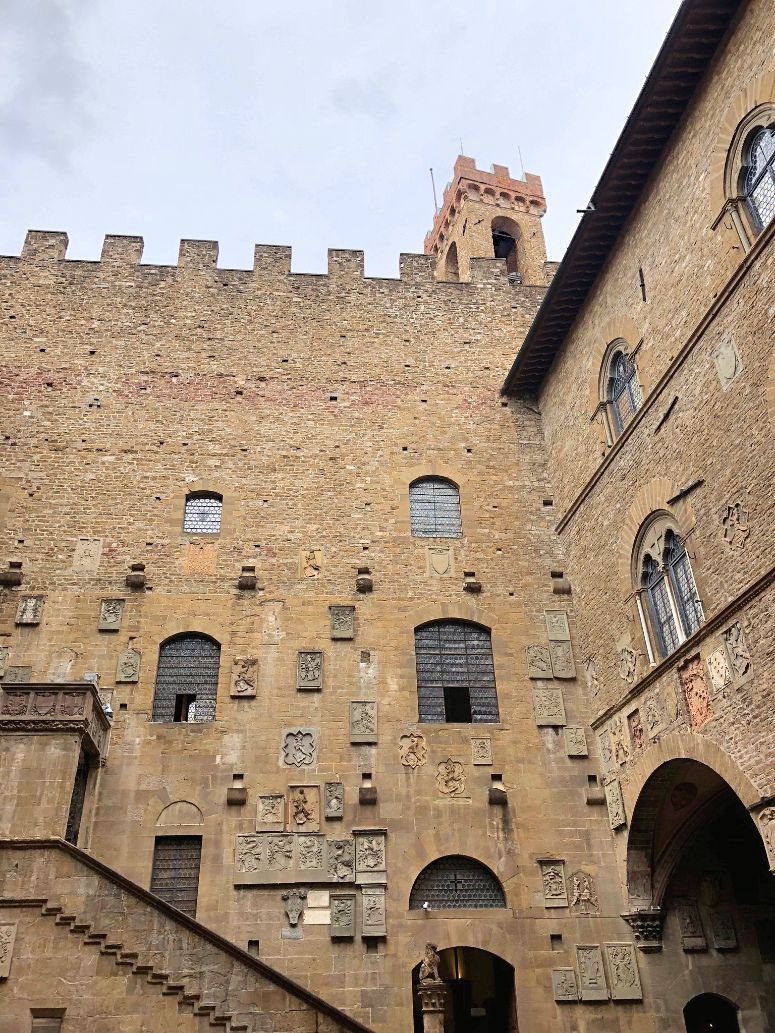
Before being known as the Bargello it was the Palace of the Podesta. Other coats of arms in the adjacent courtyard include those of quarters and districts of the city.
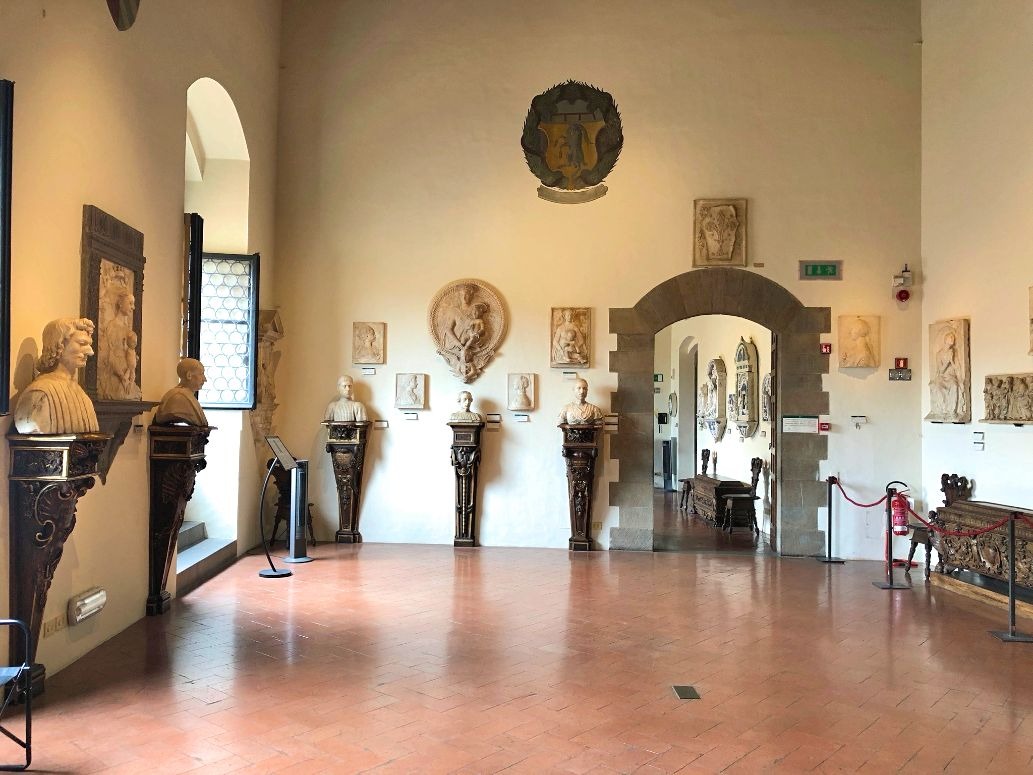
The Hall
Continuing on from the courtyard brings you to a Hall filled with 14th-century sculptures, notably works by Nicola Pisano.
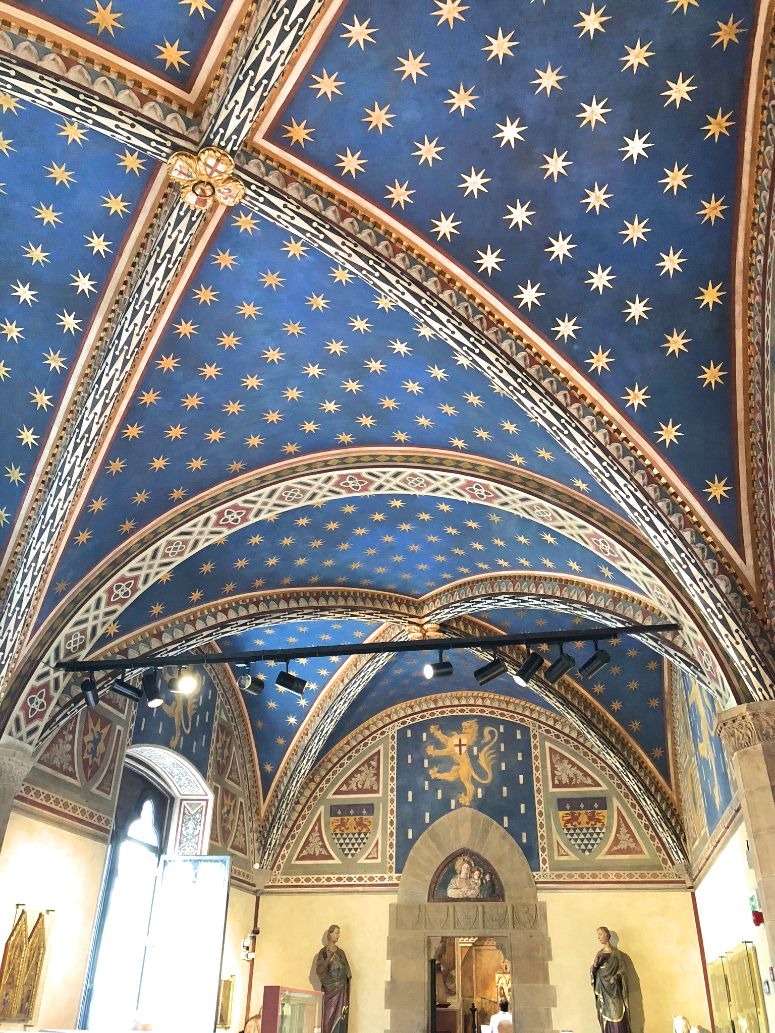
Further works include 15th and 16th century works by Michelangelo, Giambologna, Cellini, Ammannati and Sansovino.
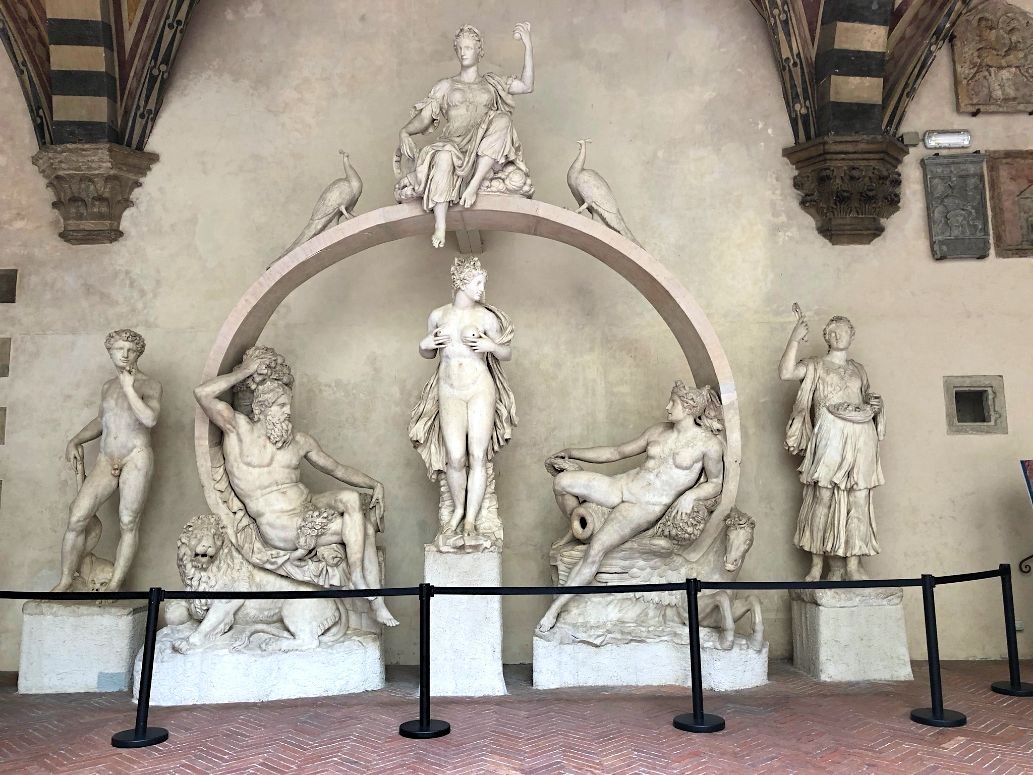
The Michelangelo works include Bacchus, a relief depicting the Madonna and Child, Brutus and David-Apollo.
The Loggia
Returning to the courtyard take the open staircase up to the Loggia. 16th-century artists dominate this area.
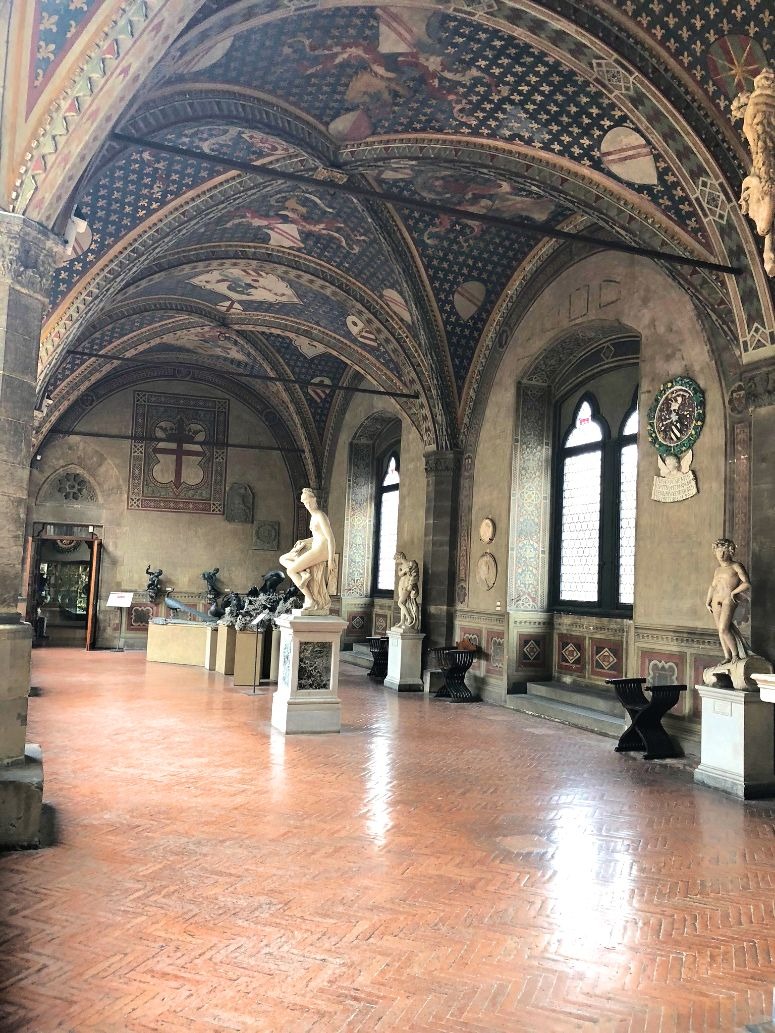
Best of all are the bronze animals that were made for the gardens of a Medici villa.
All Things Donatello
As you reach the top of the stairs, the first room to the right is the Donatello Room. Here you will see such works as St George (1416) which were made for the Florentine church, the Orsanmichele.
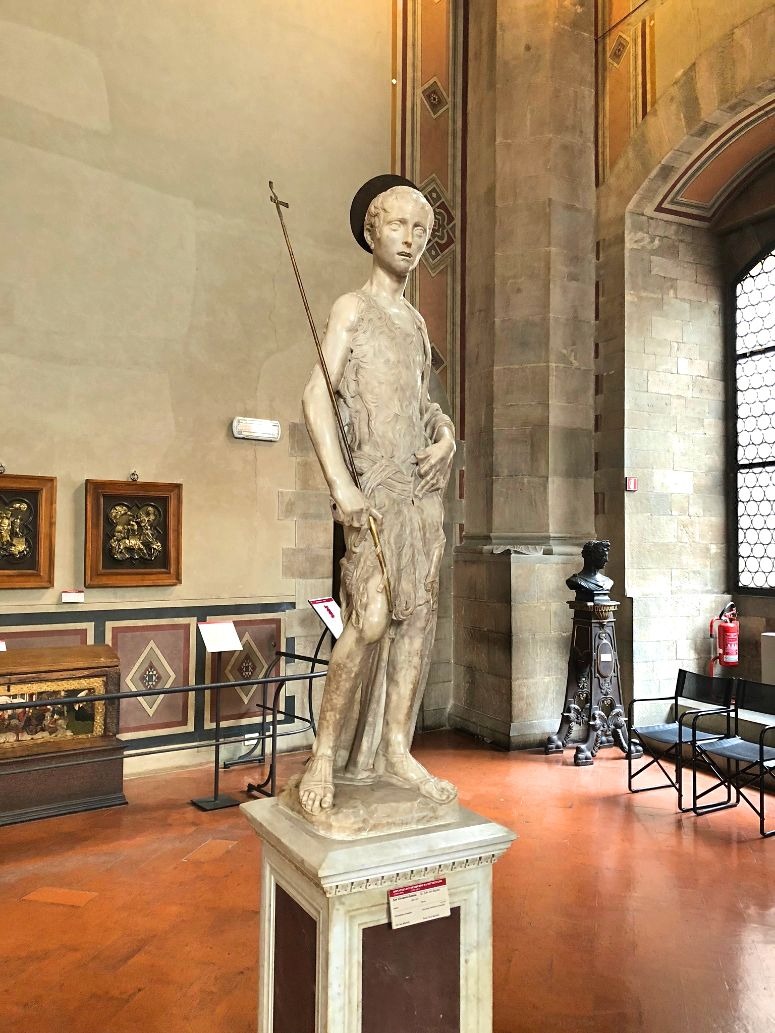
Other works include St John and two versions of David, one in marble (1408) and the other in bronze (1430).
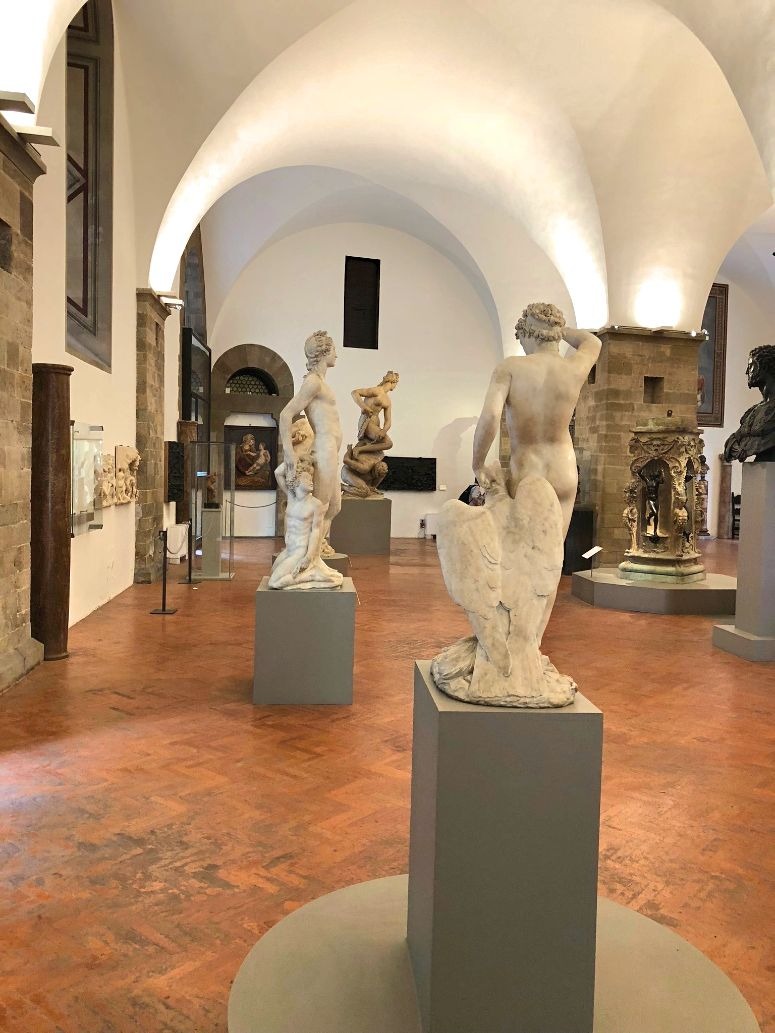
Significantly, the latter is the first nude sculpture of the Renaissance period.
Other Works
Elsewhere in the museum are other treasures that include glazed terracotta’s, ivories, gold and jewellery, busts of Florentine wealthy patrons and medals.
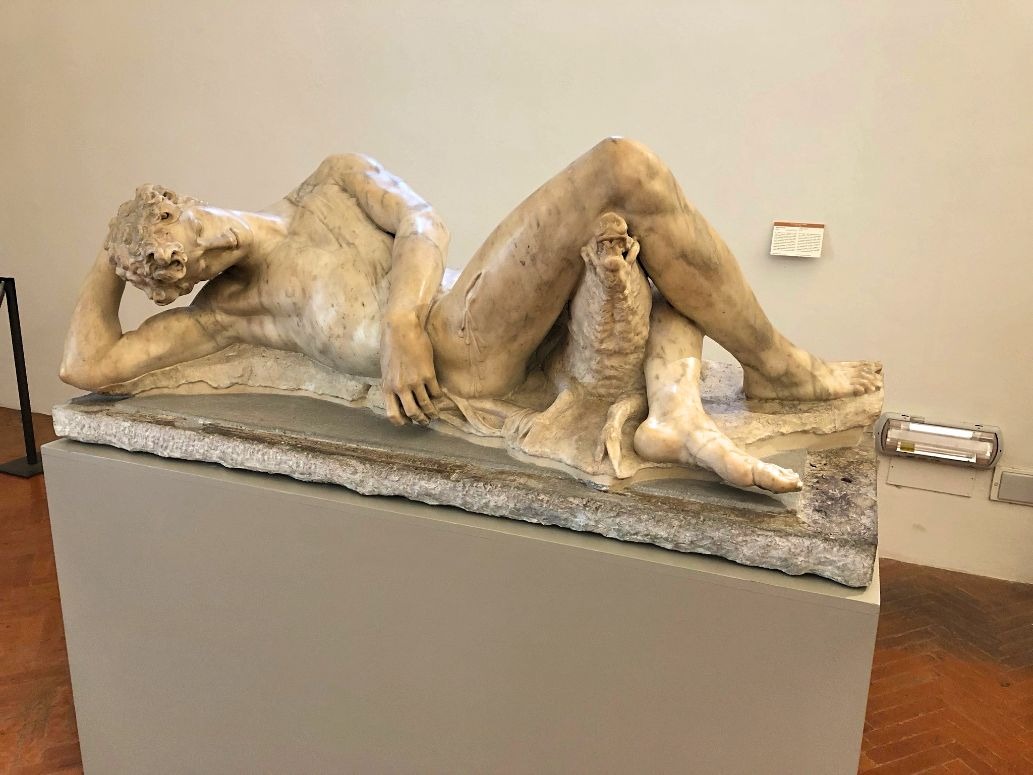
It’s a beautiful place to visit. I had a great time wandering around. For its location in central Florence, surprisingly the museum wasn’t particularly crowded.
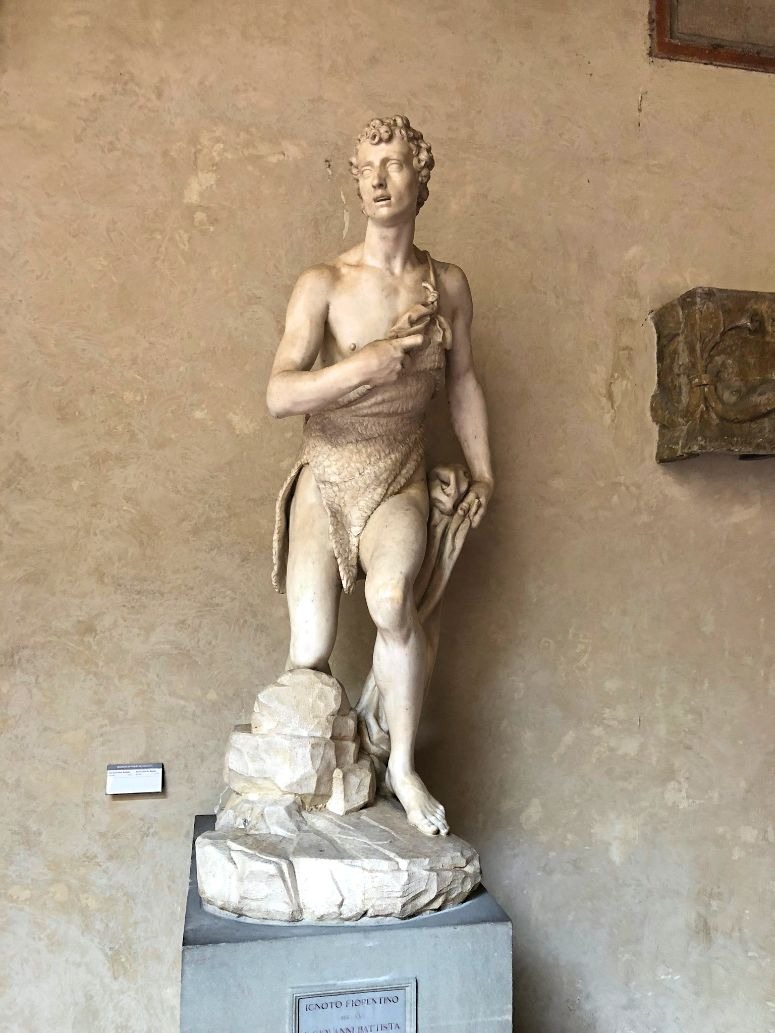
I was able to escape the busy crowds of Florence for a couple of hours. I visited on a hot day and to avoid the late Summer sun and explore this Renaissance gem was an absolute treat.
